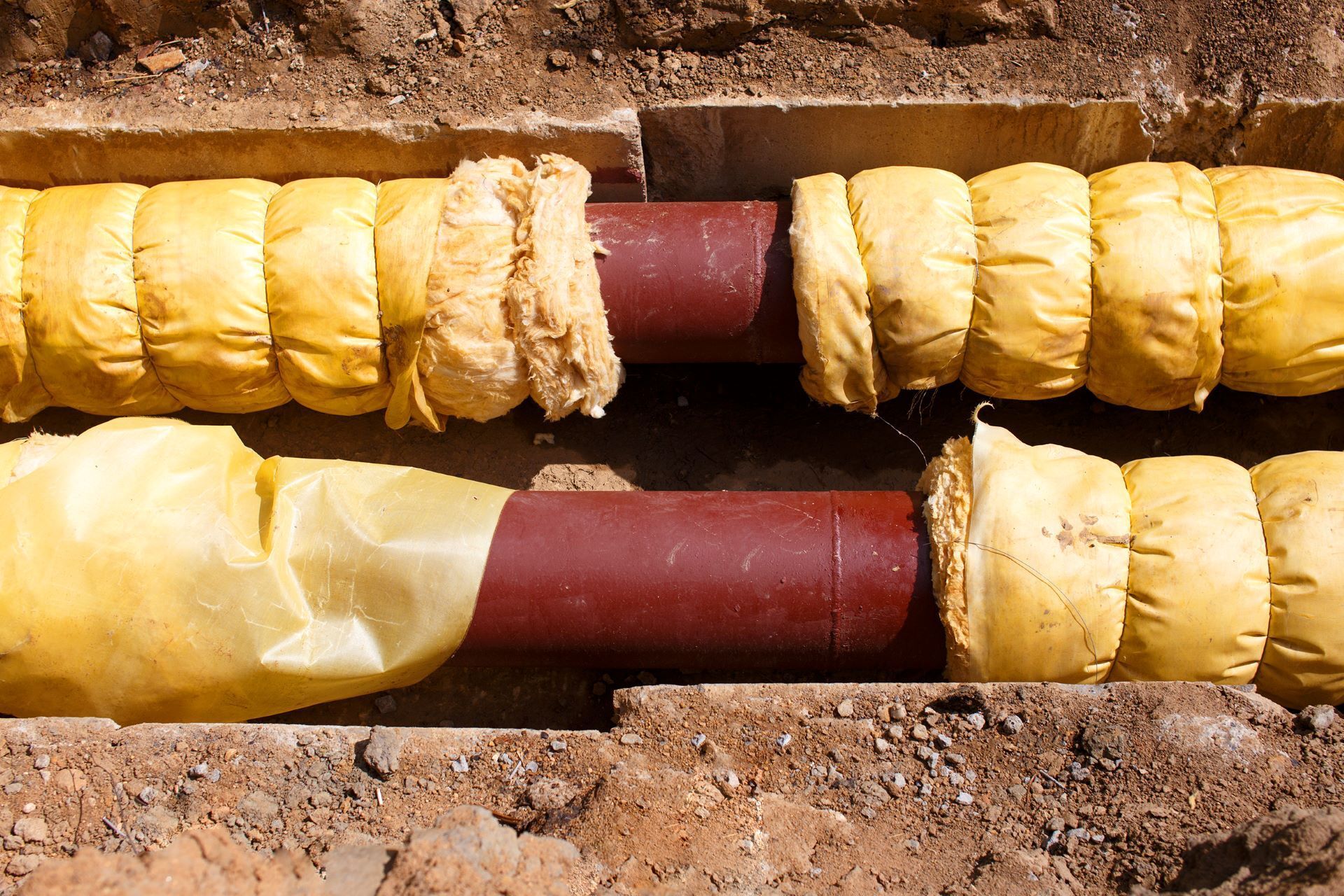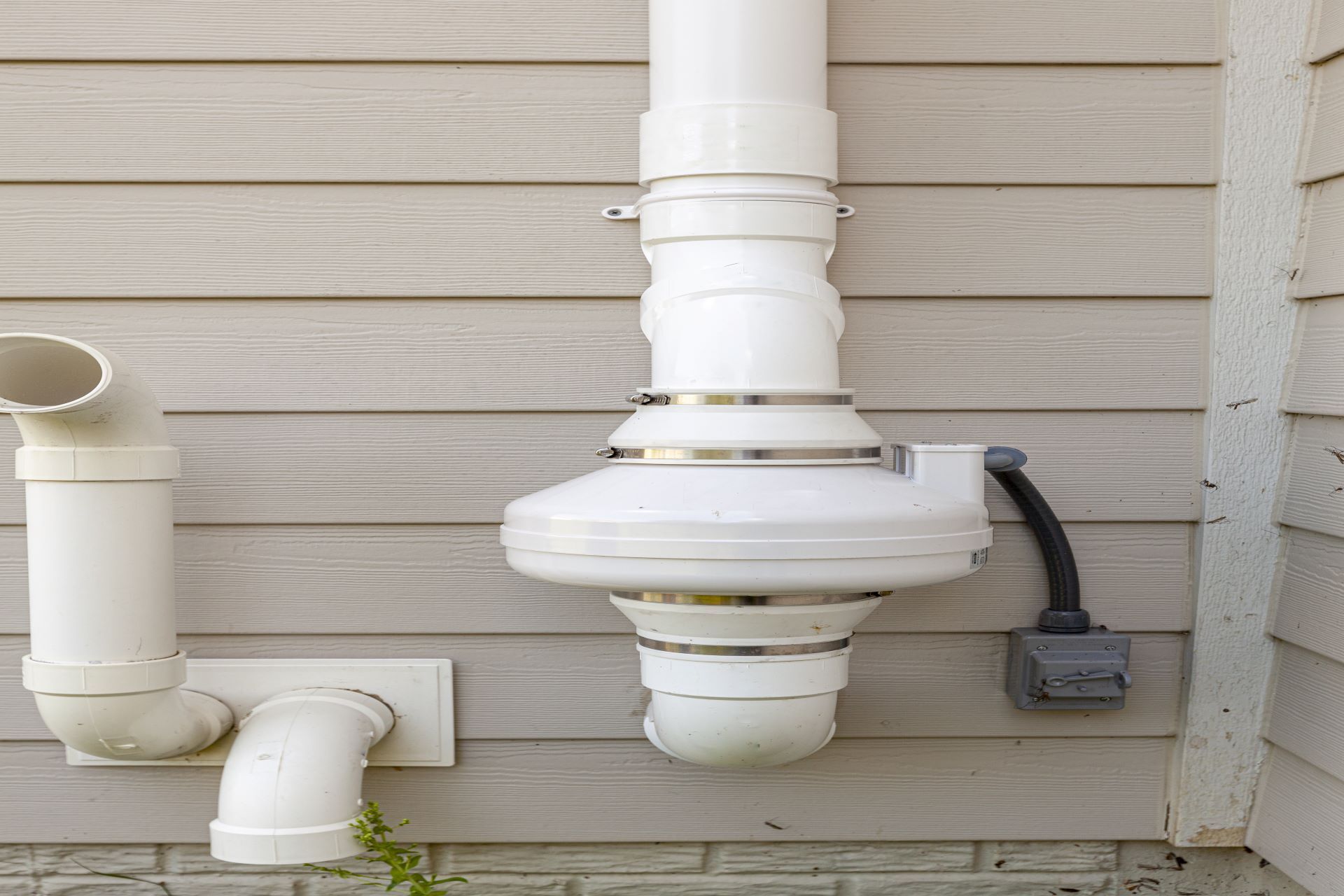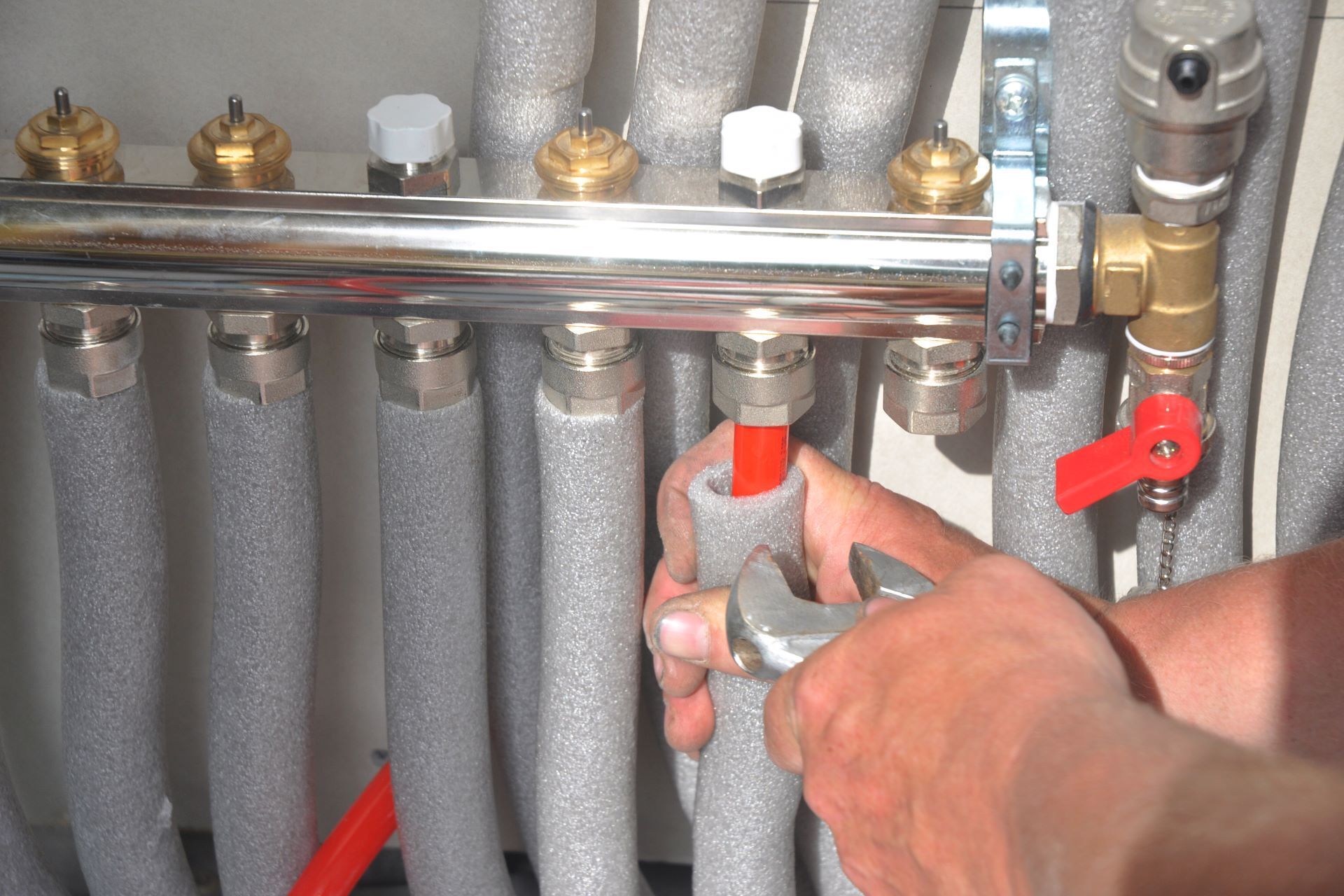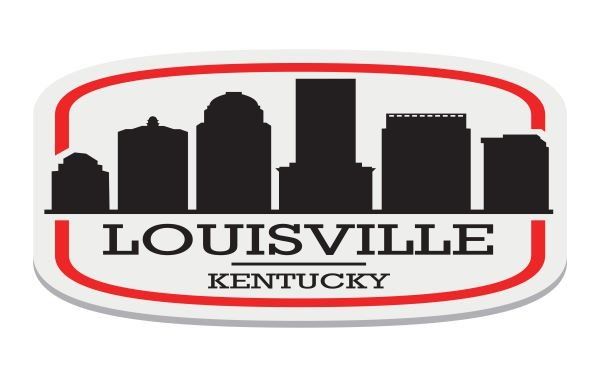We are Louisville KY Radon Mitigation - one of the top-rated radon mitigation companies in the area. We have over 10 years of experience and a 100% success rate. Our radon mitigation system services can reduce your radon levels in your home and provide peace of mind. We provide free radon testing and estimates, so you can make an informed decision about your radon mitigation needs.
If you have a radon problem in your Louisville, KY home, there are two options. You can hire an expert to do the job for you, or you can get a diagnostic testing kit for free. If your home contains high levels of radon, we can install a radon mitigation system. We will work with you to ensure that your radon level is within safe limits.
- To get the best radon mitigation service in Louisville, call Elite Radon Mitigation Louisville today! Our radon mitigation team will do the work quickly and thoroughly, and we guarantee the results.
- The resulting reduction in radon levels can dramatically lower your risk of lung cancer and respiratory conditions.
- Whether you live in an older home or a newly built one, you should protect yourself and your family from radon pollution. And in Louisville, KY, radon levels are high and we can help you mitigate the risk!
MATERIALS OF HIGH QUALITY

Radon-resistant floors are the smart way to protect your home and health. With the materials of high quality, our flooring professionals can construct a radon-resistant floor in your home. This way, you’ll be able to achieve three important things: increase the value of your property by at least 30%, reduce radon exposure in your home, and save up to $120 off of heating costs each year!
HIGHER AND BETTER QUALITY RADON FANS

The best way to mitigate radon exposure is by installing a new radon fan from Elite Radon Mitigation Louisville. We offer both a hose and a pipe ducting system that is installed either under the house or in an attic. In addition, we have all of the necessary equipment to properly seal your home in order to ensure that the fan is effective.
MOST ADVISABLE PLACEMENT FOR RADON INSTALLATION

In today’s world, it is necessary for the installation of radon monitoring to meet certain code regulations. A professionally installed radon system protects your family from harm caused by natural gas and helps you find leaks in your home. If you don't know where to put your new radon system, call us today!
System Types
DEPRESSION OF THE SUB-SLAB IN ACTIVE MODE
Available for interior and exterior spaces
A passive sub-slab system is a low-cost, effective method for reducing radon levels in new construction. These systems can be converted into active ones as needed. Depending on the fill/soil conditions, these mitigation systems may require fewer extraction points, or more depending on the permeability of the materials.
A standard sub-slab depressurization system creates negative pressure under the home. The fan will draw radon gas from a collection chamber underneath the slab. The gas will be routed safely through exterior piping and exit the building via an exterior stack. Upon achieving the required negative pressure, the radon mitigation system will be completed and installed.
Sub-slab pressurization is another option for radon mitigation. It utilizes a fan to create positive pressure beneath the slab and create a barrier to radon gas. This method is most effective when the soil permeability is high and aggregates are not. When the permeability is low, the suction pipes will need to be placed in higher areas. The fan must also be able to maintain a constant 0.5 to 1.0 inch of pressure.
HOW TO DEPRESSURIZE AN ACTIVE DRAIN TILE?
Available for interior and exterior spaces
It is a method in which a home's drainage system is used to collect soil gas and facilitate radon mitigation. To install an active depressurization system, a sump pit is covered with a waterproof cover. A four-inch PVC pipe is placed in the sump pit and runs from the suction point to the exterior of the home. The piping is then run through the attic or garage.
Active soil depressurization systems are usually made up of a hole drilled in the concrete floor slab. EPA-approved active sub-slab depressurization systems are also available, which connect the drain tile to another radon reduction system. An active sub-slab mitigation system involves installing an air- and water-tight cap over the sump hole.
The first step of depressurization involves digging a hole through the concrete floor slab and attaching a vent pipe. The pipe is attached to a concrete slab nearby, which allows the depressurization system to communicate with the soil. In addition to removing radon gas from the home, draintile depressurization can help prevent the spread of radon gas, as it can remove it from the air.
SUB-MEMBRANE DEPRESSURIZATION IN THE CRAWLSPACE
Available for interior and exterior spaces
If you want to reduce the amount of radon in your home, you should consider the benefits of sub-membrane depressurization, or SMD. This method uses a high-density plastic sheet and a radon removal fan to reduce the radon levels. However, the cost of SMD is relatively high, and it can only be used in very small crawl spaces.
Sub-Membrane Depressurization in the crawlspace is one of the most effective methods of radon mitigation. The process involves lowering the air pressure in the sub-slab relative to the pressure inside the home. This technique uses a vent pipe without a fan to connect the slab area to outdoor air. The system relies on the convective flow of warmed air upward through the vent. This draws air into the concrete slab.
A crawlspace-membrane depressurization system installs inside the crawl space and leverages the crawlspace membrane as a collection point. It seals off the crawlspace and uses the sealed space as a radon mitigation system. A radon fan is installed outside the crawlspace and pulls the gas into the system's stack. This hazardous gas is then vented outside the home.
The sub-slab method uses a radon fan to draw air from beneath the concrete slab. It is best for commercial buildings. The latter can be used for office buildings, warehouses, and retail stores. Assisted living facilities can also benefit from SMD. The SMD process can also be applied to homes that have a water control system.
Certifications:


14614 Grover Street, Suite 300
Louiseville, KY 68144
Navigation
Navigation
Services
Working hours
- Mon - Fri
- -
- Sat - Sun
- Closed
Working hours
- Mon - Wed
- -
- Thu - Sat
- -
- Sunday
- -
Copyright Elite Radon Mitigation Louisville | Proudly Powered by Snapps